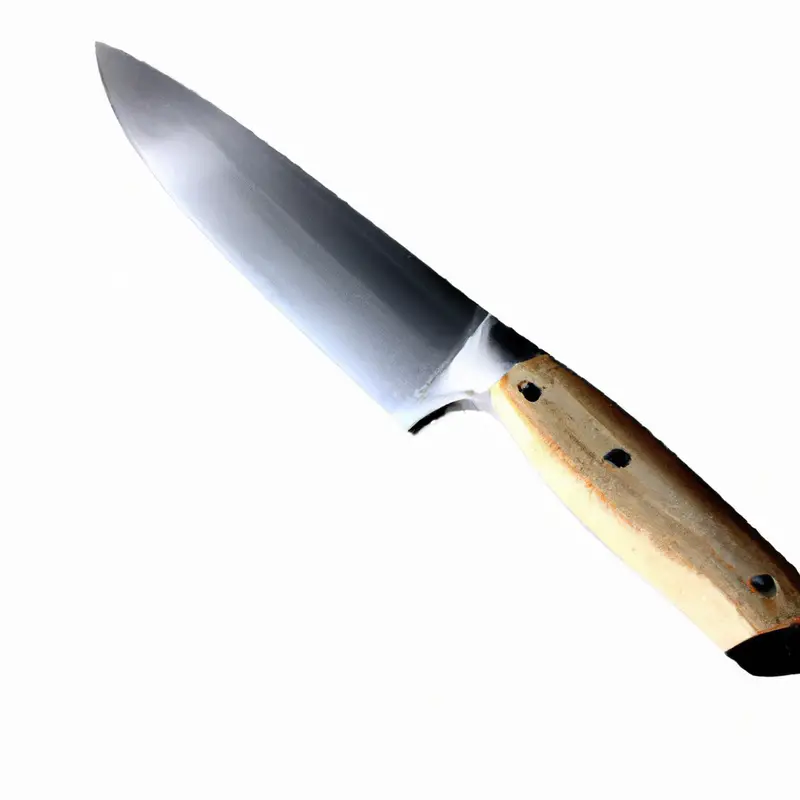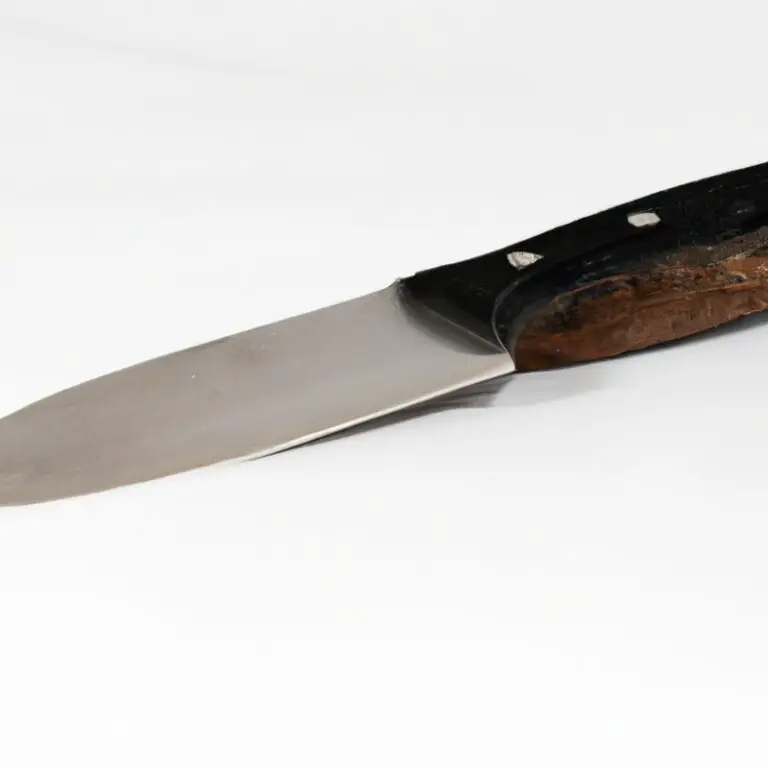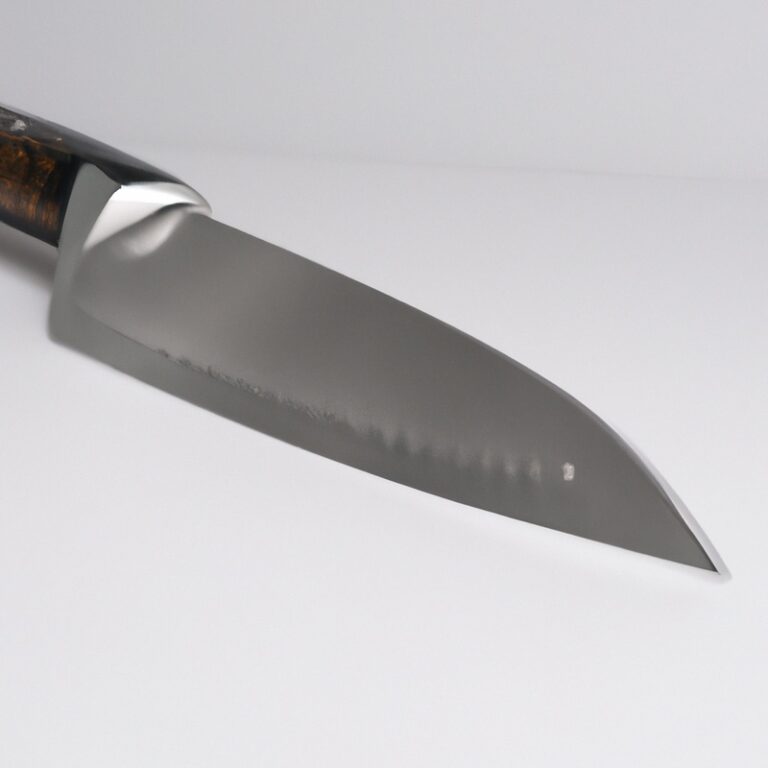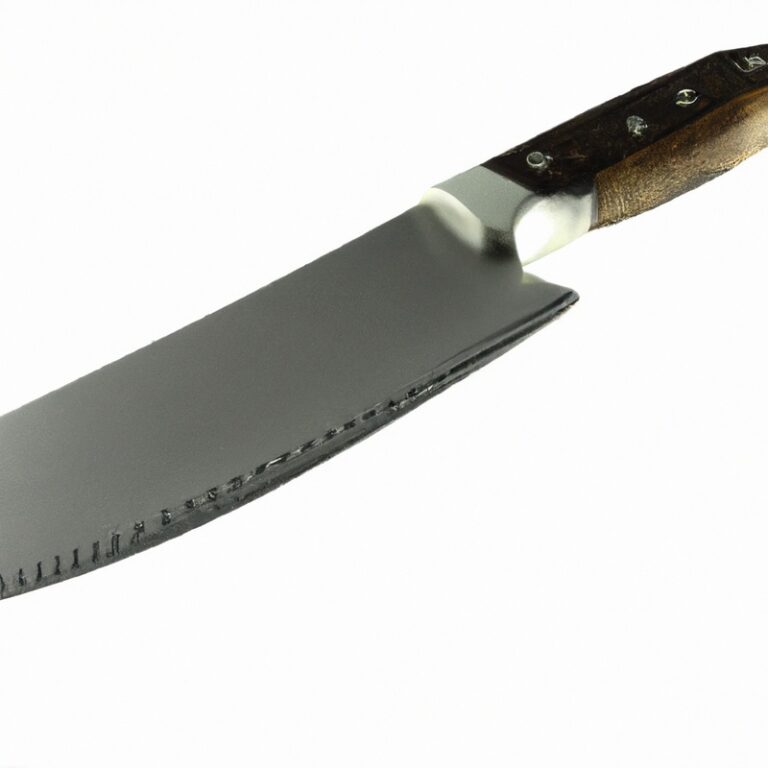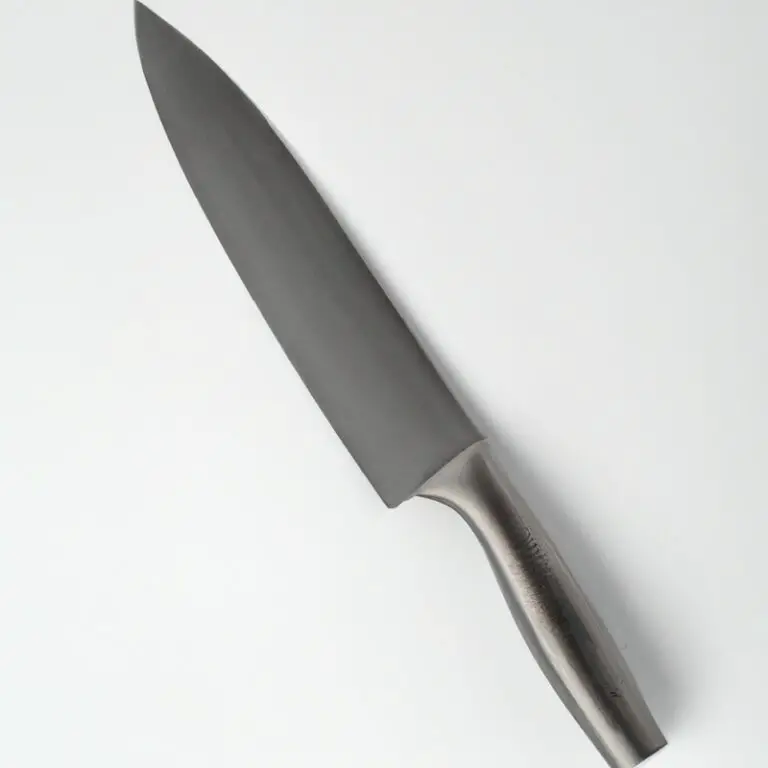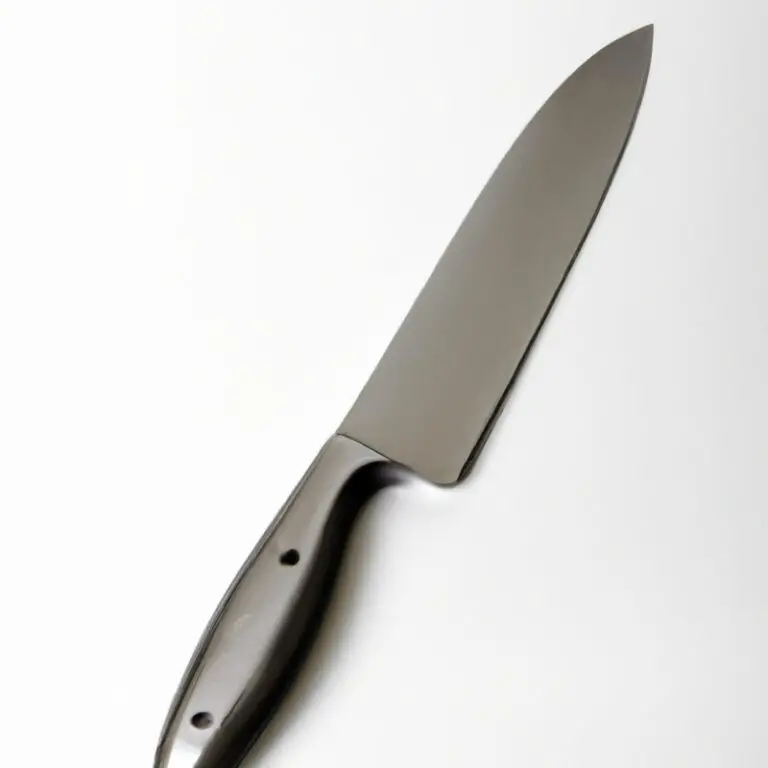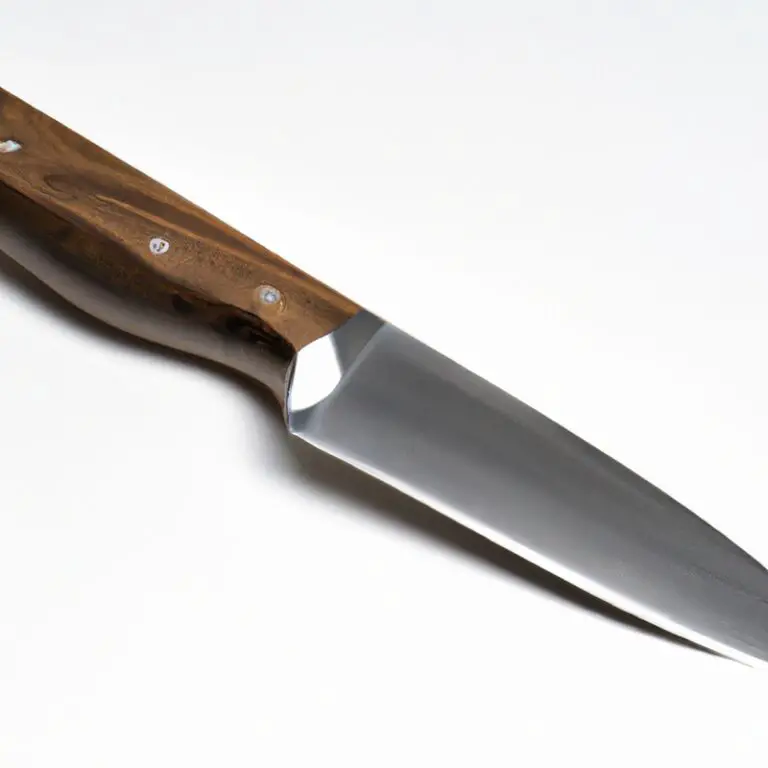How To Fillet a Spotted Bass Using a Fillet Knife? Watch And Learn!
Key Takeaways:
- The first step in filleting a spotted bass is to make a cut behind the gills and then work your way down to the backbone.
- It’s essential to use a sharp fillet knife and take your time to ensure you don’t waste any meat.
- Removing the ribcage is an important step in achieving a clean fillet, and it’s best to do it carefully with a gentle motion.
- With practice and patience, you can master the art of filleting a spotted bass, resulting in delicious fillets that are ready to cook.
Are you an avid angler looking to learn the art of filleting a spotted bass? Look no further! As an experienced fisherman myself, I understand the importance of precision and safety during the filleting process.
Not only does a properly filleted fish look and taste better, but it also helps prevent injuries while handling the slippery catch.
In this article, I will guide you through the step-by-step process of filleting a spotted bass using a fillet knife, outlining essential tools and techniques for clean and efficient filleting. Let’s dive in and become expert fish cleaners together!
| Step | Instructions |
|---|---|
| 1 | Prepare the workspace by cleaning it thoroughly. Make sure to choose a flat, clean and stable surface to work with. |
| 2 | Get a sharp fillet knife and cut off the head of the bass by making an incision behind the gills. Be careful when cutting through the spine, but make sure you cut all the way through. |
| 3 | Starting at the head of the fish, use the fillet knife to make a cut along the dorsal fin and backbone towards the tail. Keep the blade angled slightly towards the backbone for an easy filleting process. |
| 4 | Cut through the ribs by angling your fillet knife to slide along the bones. This step will separate the meat from the bones in long strips. |
| 5 | Flip the fish over and repeat steps 3 and 4 on the other side of the fish. |
| 6 | Remove the skin by starting at one end of a fillet and placing your fillet knife between the meat and the skin, angling your blade to slide along close to the skin to remove it. |
| 7 | Rinse the fillets under cold water to wash off any excess skin, scales, or bones that may have been left behind. |
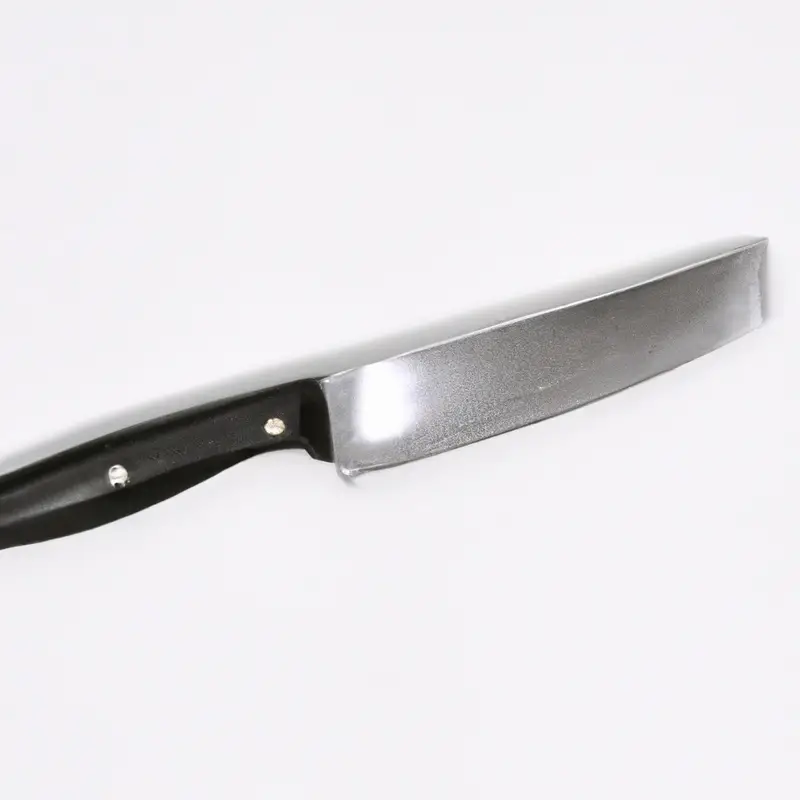
Preparing for the Process: Essential Tools and Safety
Before filleting a spotted bass, it is essential to prepare by gathering the necessary tools and ensuring safety. The essential tools include a fillet knife, a cutting board, a pair of pliers, a fish scaler or scraper, and a container for the fillets.
Safety precautions include wearing protective gloves and ensuring a stable surface to work on.
Make sure the fish is cleaned and scaled before filleting it. Double-check the sharpness of your fillet knife and keep your work area clean and dry.
A safe and organized work area, along with the proper tools and safety precautions, will ensure a smooth and successful filleting process.
The Anatomy of a Spotted Bass: Understanding Its Key Features
Understanding the anatomy of a spotted bass is crucial before attempting to fillet it. Spotted bass have a sleek, elongated body and a greenish-brown hue on their back that fades to a white underside.
They have a large mouth with sharp teeth and a single dorsal fin.
The spines on their dorsal fin have venom that can cause painful stings, so handling with care is essential. The backbone of the spotted bass runs from the head to the tail and consists of many small, closely spaced bones.
The ribcage is located on either side of the backbone and contains several bones that must be removed during filleting.
After removing the first fillet from one side of the fish, the process must be repeated on the other side to retrieve the second fillet. Overall, knowing the anatomy and key features of a spotted bass is crucial for successful filleting.
Positioning the Fish: Tips and Tricks for Stabilizing the Fish
To stabilize the spotted bass during the filleting process, place the fish on a clean cutting board with its belly facing down. Using a damp towel or cloth, hold the fish in place by gently pressing down on its head and tail.
This will prevent the fish from slipping and make it easier for you to make precise cuts.
Another method is to filet the fish while it is still in the water, which will naturally stabilize the fish and make it easier to handle. Whatever method you choose, always prioritize safety and make sure your hands and knife are dry and steady.
Starting the cut: Preparing to Make the First Incision with a Fillet Knife
To start filleting a spotted bass properly, it is crucial to make the first incision correctly. Before making any cuts, make sure your fillet knife is sharp and your workspace is clean.
Begin the process by placing the fish on its side and stabilize it by putting pressure on the head and tail.
Make sure to hold the fish firmly in place, so it doesn’t move around while you are cutting. To start the cut, place the tip of the fillet knife behind the gill and carefully slice towards the spine.
Apply gentle pressure and follow the natural curve of the fish’s body to create a clean and even cut.
Once you have reached the spine, use the knife to cut through the rib bones and down towards the tail. Make sure to keep the knife blade close to the bones as you cut.
This will help preserve as much of the meat as possible and make it easier to remove the bones later.
Repeat the process on the other side to create two fillets. Remember to take your time and be precise while making the first incision.
A clean cut will make the rest of the filleting process much more manageable and ensure that you get the most meat out of your fish.
Following the Bones: Step by Step Guide for Cutting Along the Backbone
To start filleting the spotted bass, make an incision from the top of the fish’s head to the backbone. Insert the fillet knife along the backbone and start to follow the spine, sliding the blade gently under the meat as you go.
Use your other hand to hold the fillet down flat on the cutting board, and use your thumb to apply light pressure on the backbone, keeping the meat attached to the backbone.
Then, separate the meat from the bone by carefully sliding the knife along the ribcage. Repeat this process on the other side of the fish.
Once both fillets are removed, you can clean them and remove any remaining bones for a delicious meal.
Removing the Ribcage: Techniques for Removing the Spines and Rib Bones
To remove the ribcage of the spotted bass, start by making a vertical cut along the rib bones on one side of the fish. Then, use your fillet knife to slice horizontally along the rib bones, separating them from the fillet.
Be sure to angle your knife slightly downwards to ensure that you don’t cut away too much of the valuable fillet meat.
Once you’ve removed the rib bones, use needle-nose pliers or your fillet knife to remove any remaining spine bones. Repeat the process on the other side of the fish.
Now that you’ve removed the ribcage, you can move on to separating the meat from the skin.
Separating the Meat from the Skin: Tips for Clean and Efficient Filleting
After removing the ribcage, the next step is to separate the meat from the skin. To do this, place the fillet skin-side down on a cutting board.
Starting at the tail end, place your fillet knife between the meat and the skin and make a shallow cut.
Then, holding onto the skin with your non-dominant hand, gently slide the knife under the meat to separate it from the skin. Use a sawing motion to cut through any remaining pieces of skin or scales.
To ensure a clean and efficient filleting process, make sure to sharpen your fillet knife before starting.
A dull knife can cause the meat to tear, making it harder to separate from the skin. Additionally, take your time and be patient with the process to avoid damaging the fillet or losing any valuable meat.
Properly separating the meat from the skin will result in a high-quality fillet that is ready to be cooked and enjoyed.
Removing the Remaining Bones: Techniques for Cleaning and Removing Smaller Bones
After removing the major bones, there will still be some smaller bones left on the fillet. To clean and remove these bones, you can follow these techniques:
- Use tweezers or pliers to gently pull out the remaining bones one by one. Be careful not to tear the meat.
- Use a sharp knife to make small incisions along the remaining bones and loosen them. Then, pull them out gently using your fingers or needle-nose pliers.
- If you prefer, use a fillet knife to make a “V-cut” along the remaining bones, cutting just deep enough to remove the bones. Be careful not to cut through the meat.
- Once you’ve removed all the bones, feel the flesh with your fingers for any remaining bones. Remove any you find.
Remember to take your time when removing the smaller bones to avoid damaging the fillet. With practice, you’ll become better at filleting fish and removing all the bones.
Happy filleting!
Repeat the Process: Filleting the Other Side of the Spotted Bass
Once you’re done filleting one side of the spotted bass, it’s time to repeat the process on the other side. Turn the fish over and stabilize it again.
Make the same incision on the other side of the backbone and follow the same steps to remove the ribcage and smaller bones.
It’s important to maintain a clean and sharp fillet knife to ensure smooth filleting on both sides. Take your time and be careful while filleting the second side to avoid any accidents.
Once finished, you should have two fillets ready for storage or cooking.
Preparing the Fillets: Tips for Proper Storage and Cooking of Your Fish
Once you have filleted your spotted bass, it is crucial to take proper care of the fillets to maintain their quality and ensure their safety for consumption. Here are some tips for storing and cooking your fish:
- Store the fillets in a sealed container in the refrigerator for up to two days, or the freezer for up to three months. Make sure to label the container with the date to keep track of freshness.
- Before cooking, rinse the fillets under cold water and pat them dry with paper towels. For best results, season them with salt and pepper or your preferred seasoning blend.
- There are several ways to cook fish fillets, such as pan-frying, baking, grilling, or broiling. Make sure to cook the fillets to an internal temperature of 145°F (63°C to ensure that any harmful bacteria or parasites are destroyed.
- Some popular seasoning options for fish include lemon juice, herbs like dill or parsley, or a drizzle of olive oil. You can also experiment with different glazes or sauces to enhance the flavor of the fillets.
By taking proper care of your fillets and using these cooking tips, you can enjoy delicious and healthy meals featuring your freshly caught spotted bass.
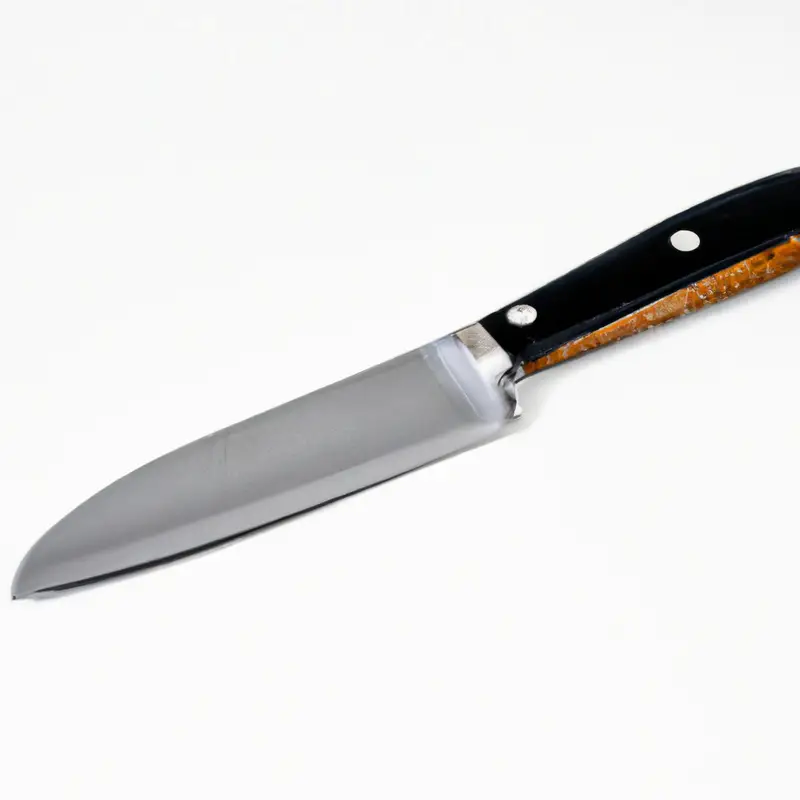
Final Verdict
Filleting a spotted bass is a skill that every angler should master to maximize the utilization of their catch. With the right tools, knowledge of the fish’s features, and safe handling, anyone can fillet a spotted bass like a pro.
Remember, filleting can be a tedious and delicate process, so it’s essential to take your time and focus on each step.
By following our step-by-step guide and employing our tips and techniques, you can produce clean, boneless, and delicious fillets that make for a delectable meal. As an expert in the field, we can attest to the effectiveness of our methods, and we believe that you can, too.
With this guide, you’ll be able to take advantage of the many benefits of filleting a spotted bass, including achieving the best taste, texture, and versatility of your fish.
So grab your fillet knife and get started today!

